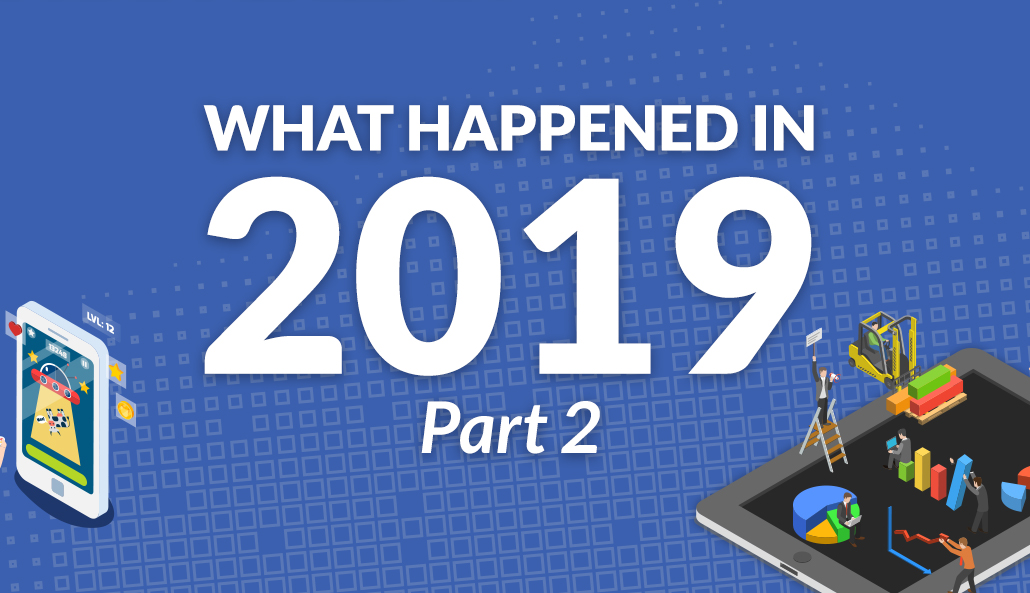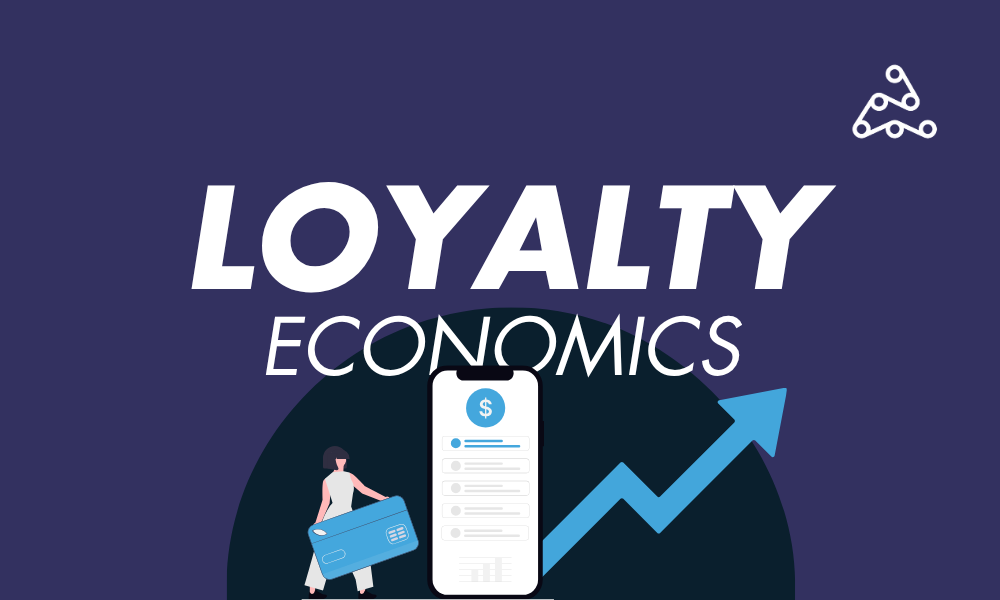We said it once, and we’ll say it again, 2019 was a game-changing year for the mobile industry. There’s lots more to unpack in the second part of our mobile app marketing 2019 recap.
More Downloads, More Purchases, More Engagement
According to our friends at App Annie, annual worldwide downloads increased by 45% since 2016, reaching 204 billion app downloads. Users weren’t just hitting install and moving on; they were spending more time and money in apps than ever before. Consumers shelled out $120 billion in apps, over two times more than in 2016, and spent an average of nearly four hours every day on their mobile devices, a 35% increase from 2017.
More Trends and Insights on Mobile App Marketing 2019 Trends from Our Experts
We covered several mobile app marketing 2019 trends driving this growth in part one, like subscription-based apps and streaming services. But what other mobile marketing movements will make an even bigger impact in 2020? We sat down with our team of experts, AdAction veterans and newcomers, to talk about all things mobile in 2020 and what they’re excited to see in the industry.
Retail Apps Mingle with Brick-and-Mortar
Sarah Greenlee, Director of Strategic Accounts, offers her expertise on this trend.
With the click of a button, consumers can get all their favorite products delivered in two days or less, making online and mobile shopping an asset for busy schedules. In 2019, users downloaded over 5.4 billion shopping apps worldwide and spent more time on them. Digital shopping experiences are the perfect complement to brick-and-mortar retailers, giving us the phrase “bricks-and-clicks,” or sometimes “click-and-mortar.” These retailers strategically use their online and offline stores simultaneously to drive conversions at all phases of the buyer journey.
My 2020 Retail Apps Prediction
More users shopping on mobile means that bricks-and-clicks retailers will fight to create the best user experience to drive engagement and conversions. Think AR features, digital showrooms, detailed product descriptions, and on-demand customer support. I think that more brick-and-mortar and ecommerce brands will develop apps (if they don’t have one already) to meet consumers’ needs, including the growth of BOPIS (buy online pickup in-store), increasing competition in the vertical.
Augmented and Virtual Reality Go (More) Mainstream
Joey Kublanow, Business Development Manager, shares his thoughts on this topic.
Being new to the mobile space, I’m excited to see how AR and VR-based mobile app development trends progress throughout the year. Last year, nearly 69 million people in the US used AR, and 43 million people used VR at least once per month. This year, experts predict those numbers to grow, hitting 78 million AR users and 52 million VR users.
My 2020 AR and VR Prediction
Although these technologies aren’t new and grew to prominence with Pokémon Go blew up in 2016, and VR headsets created great content for viral videos, I believe AR and VR will remain a hot topic in 2020.
It will be interesting to see how companies like Google, Facebook, Uber, and Apple design and implement solutions to make their technology more mainstream by adding these features. Once 5G coverage expands, even more, I think the adoption of AR and VR will accelerate, and more developers will begin to use these technologies.
On-Demand Apps Stay in Demand
Matt Swim, Account Manager, provides his perspective on the subject.
There’s an app for everything, and almost anything we need is available on smartphones. These days, time is money, and people are willing to pay a little extra to get what they want and get it fast. On-demand services like ride-share and food delivery apps saw massive growth in total sessions last year. Sessions in food delivery apps alone increased by 240% from 2017. This demand, especially on delivery, has seen record-breaking growth in 2020 due to the pandemic.
My 2020 On-Demand Prediction
Because on-demand apps create a positive user experience. Users also know what to expect and how the app fulfills a need, retention rates are high. Seeing the success of on-demand apps, I think more of these apps will pop up in other verticals beyond ride-share, food delivery, and entertainment. Apps will have to tailor services based on their intended audience’s needs while strategically pricing them to find success.
Apps and Games Launch Via Facebook Ads
Angela Winget, Business Development Manager, offers wisdom on this channel.
Ever since I made the move from the lead gen space to the mobile app space, I’ve been interested in how new apps and games launch and scale using Facebook Ads. Last year, Facebook simplified and automated UA (user acquisition) processes with algorithm-driven advertising. This move alleviates some work for UA managers. While the algorithm is great for automated bids, budget management, and automatic ad placements, many advertisers are (and should be) involved with the creative strategy process.
My 2020 Facebook Ads Prediction
More platforms will automate UA actions, and advertisers will work in tandem with these algorithms to optimize their app for launch. Creative testing in the soft launch and keeping creatives fresh throughout the campaign are things advertisers should look to control. They’ll also need to trust the algorithm to use data and learning phases to maximize ROAS.
Are These Trends Relevant to Your Mobile App Marketing Efforts?
Interested in leveraging any of these trends in your performance marketing efforts? One or more of these topics are probably on your radar. Now it’s time to optimize and leverage them for results. Our team of experts is here to answer all your questions about driving quality conversions at volume. Connect with us today to learn more.



